Entry Type: Event - Starting with P
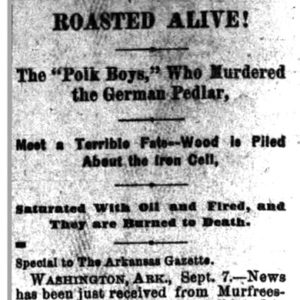 Polk Brothers Lynching Article
Polk Brothers Lynching Article
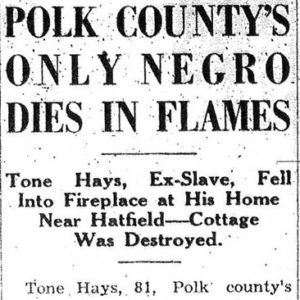 Polk County Death
Polk County Death
Polk County Draft War
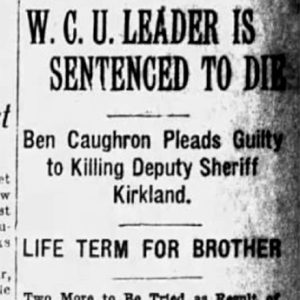 Polk County Draft War Article
Polk County Draft War Article
Polk County Possum Club
Polk County Race War of 1896
Polk’s Plantation, Skirmish at
Pope County Militia War
Pope-Noland Duel
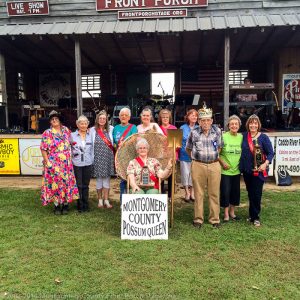 Possum Queen
Possum Queen
Postoak, John (Execution of)
Pott’s Hill, Action at
aka: Skirmish at Big Sugar Creek
Pounds, Winston (Lynching of)
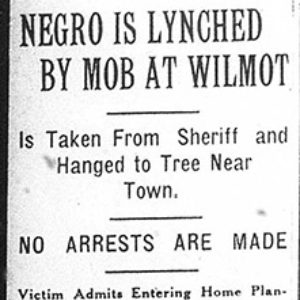 Pounds Lynching Article
Pounds Lynching Article
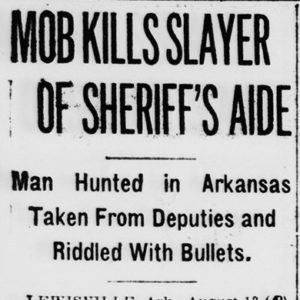 Charles Powell Lynching Article
Charles Powell Lynching Article
Powell, Charles (Lynching of)
Powell, Sam (Lynching of)
 Sam Powell Lynching Article
Sam Powell Lynching Article
 Sam Powell Lynching Article
Sam Powell Lynching Article
Prairie D’Ane, Skirmish at
aka: Battle of Gum Grove
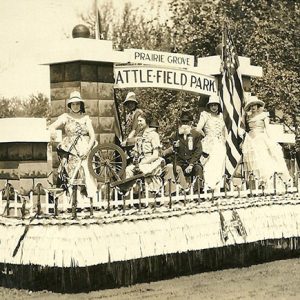 Prairie Grove Float
Prairie Grove Float
Prairie Grove Campaign
Prairie Grove, Battle of
Pratt, Parley P. (Murder of)
 President Kennedy at LRAFB
President Kennedy at LRAFB
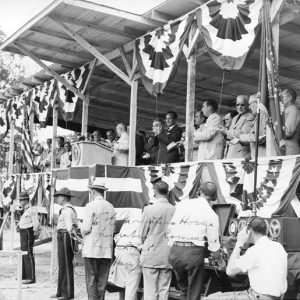 President Truman at Bull Shoals
President Truman at Bull Shoals
Presidential Visits
Presley, Elvis (Arkansas Performances of)
Princeton, Skirmish at (April 28, 1864)
Princeton, Skirmish at (December 8, 1863)
Prison Reform
Pro-ISIL Hack of Arkansas Library Association
Pugsley v. Sellmeyer
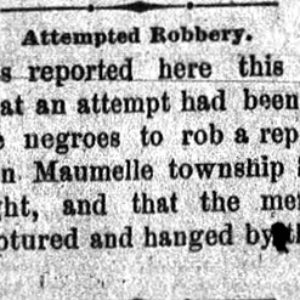 Pulaski County Lynching Article
Pulaski County Lynching Article
Pulaski County Lynching of 1894
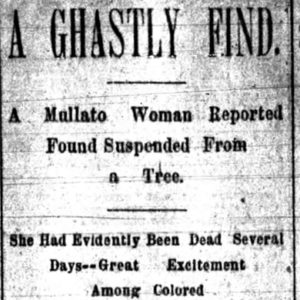 Pulaski County Lynching Article
Pulaski County Lynching Article
Pulaski County Reported Lynching of 1889
 PurpleHull Pea Festival
PurpleHull Pea Festival
 PurpleHull Pea Festival Tiller Race
PurpleHull Pea Festival Tiller Race
 PurpleHull Pea Festival Tiller Race
PurpleHull Pea Festival Tiller Race




